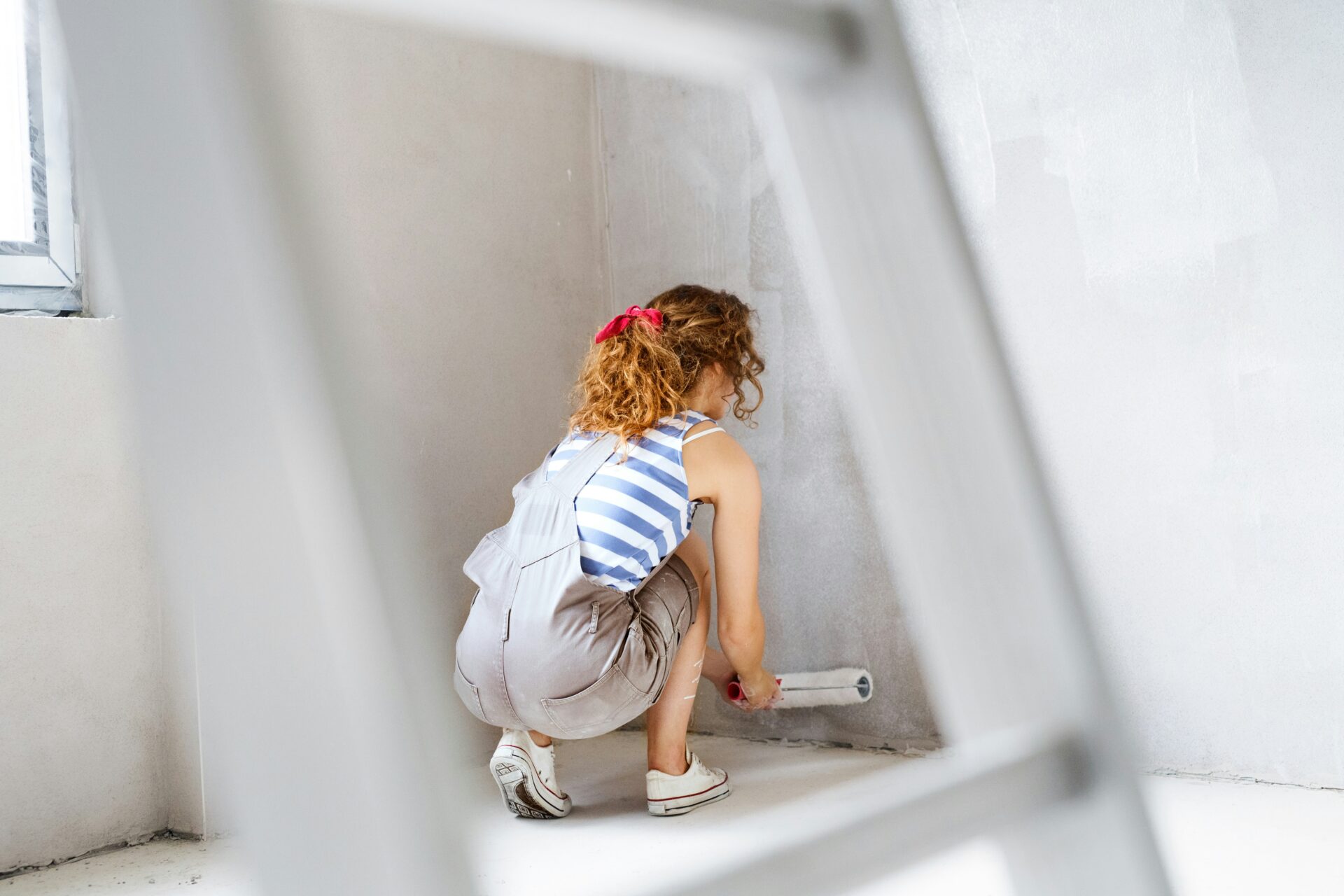Ever sit on the couch in your Pittsburgh home, look around, and think, ‘This place could use a little something?’ You’re not alone. As housing prices hover and interest rates stretch, more people are staying put, figuring out how to make what they have feel better, look better, and work harder.
In this feature we share eight home fixes that aren’t huge overhauls but still make your house feel new again.
Light, Air, and Sound: The Unseen Comforts
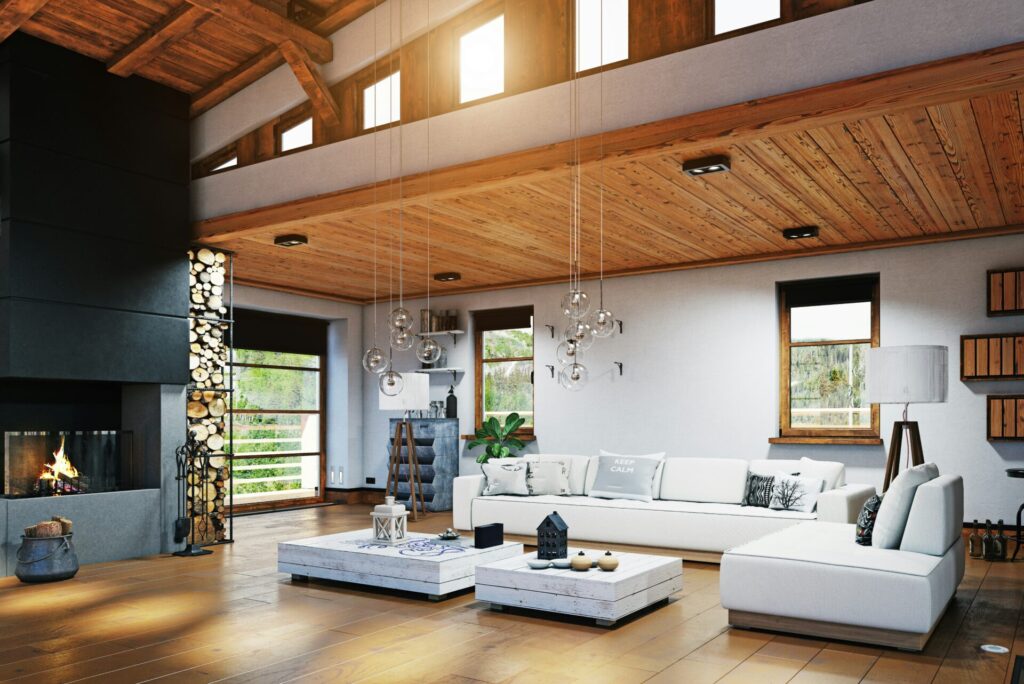
Everyone notices new floors or fresh paint, but it’s the invisible things that decide whether a home feels relaxing or chaotic. Lighting, air movement, and sound insulation don’t show up in Instagram posts, but they determine how your space actually feels.
Start with lighting. Most homes rely too much on a single overhead fixture that casts shadows and flattens everything. Swapping out fixtures for layered lighting—recessed, task, and accent—changes the mood of a room instantly. Bright when you need it. Warm when you don’t. Add dimmers and you control tone, not just illumination.
HVAC upgrades may not be flashy, but if your air smells musty or rooms heat unevenly, it’s not just uncomfortable, it’s inefficient. Clean ducts, replace filters, seal gaps. If your system’s older than your car, it’s likely costing you more than it should. And while you’re at it, check insulation in the attic and behind knee walls. It’s not glamorous, but it keeps the place temperate, breathable and friendly.
Where Function Meets Comfort
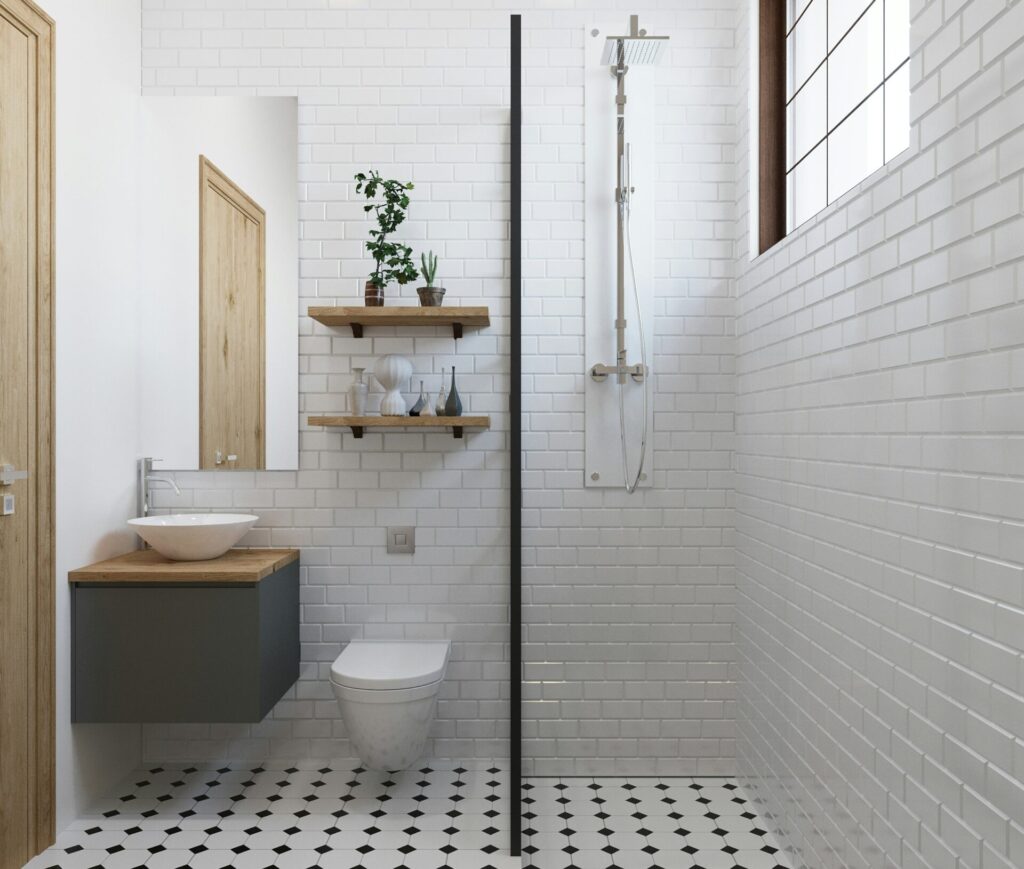
The most effective upgrades don’t just look better, they solve problems you didn’t know were dragging your house down. It starts in the one room that gets used every single day without fail. The bathroom.
It’s one of the first places homeowners start noticing wear: cracked tile, stained grout, a faucet that drips like it’s counting down your patience. In Pittsburgh, humidity doesn’t help. That’s why a shower replacement in Pittsburgh isn’t just cosmetic—it’s a functional reset. Hiring a professional, instead of cutting corners with a DIY kit, means you’re getting an install that doesn’t leak, warp, or fall apart next year. Local pros understand Pittsburgh’s housing quirks—older plumbing, tight spaces, uneven walls. They work with materials that hold up to moisture, calcium buildup, and fluctuating temperatures.
A new shower isn’t just a sleek update, it makes the whole room cleaner and more efficient. And when the work is done right the first time, you don’t end up revisiting the same problem every two years. Professionals get in, do it right, and leave you with a result that holds up.
Storage That Doesn’t Shout
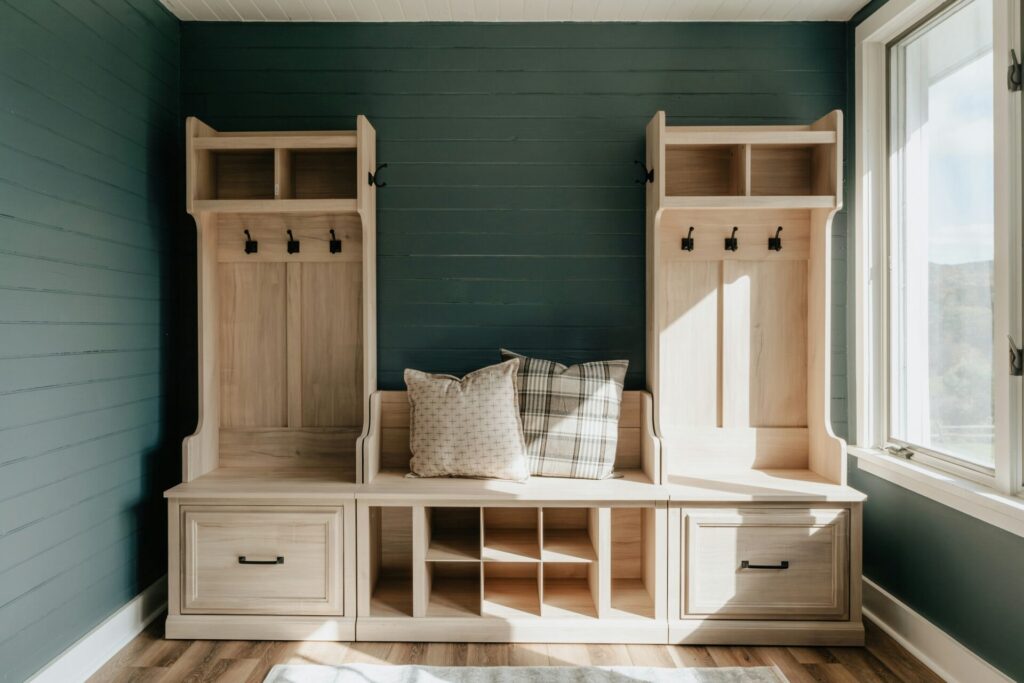
Most homes weren’t built for modern life. They have closets sized for one person, kitchens with dead corners, and entryways that become dumping grounds for everything that comes through the door.
Storage upgrades aren’t about building more cabinets. They’re about building smarter ones. Pull-out drawers inside deep cabinets prevent losing things in the back. Vertical shelving in laundry rooms doubles usable space. Wall-mounted hooks and drop zones near entrances cut down on clutter and morning chaos.
Built-ins that blend with the house—like benches with hidden storage or alcoves turned into desks—make spaces work harder without feeling like afterthoughts. And the less clutter sits in plain sight, the bigger and calmer a room feels.
Floors That Don’t Judge Your Life
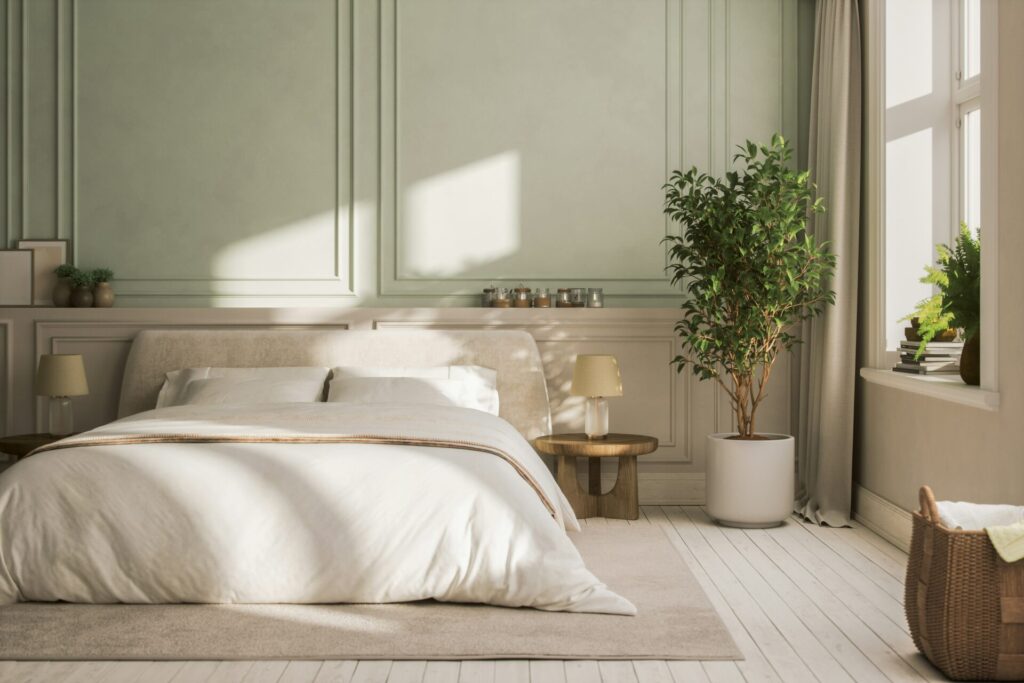
A good floor should be easy to clean, hard to damage, and comfortable to live on. If yours creaks, warps, or traps every speck of dust, it’s working against you.
Luxury vinyl plank, tile, and engineered hardwood have moved past imitation—they’re the go-to materials for real life. They resist water, don’t scratch when your dog sprints across them, and can take the impact of a dropped pan without flinching.
If you’re in a room with high humidity, like a basement or bathroom, go waterproof. For shared spaces like living rooms or kitchens, pick finishes that blend durability with visual warmth. And don’t underestimate rugs. Area rugs add comfort, help define zones, and soften acoustics without the maintenance issues of wall-to-wall carpet.
Fix the Flow First
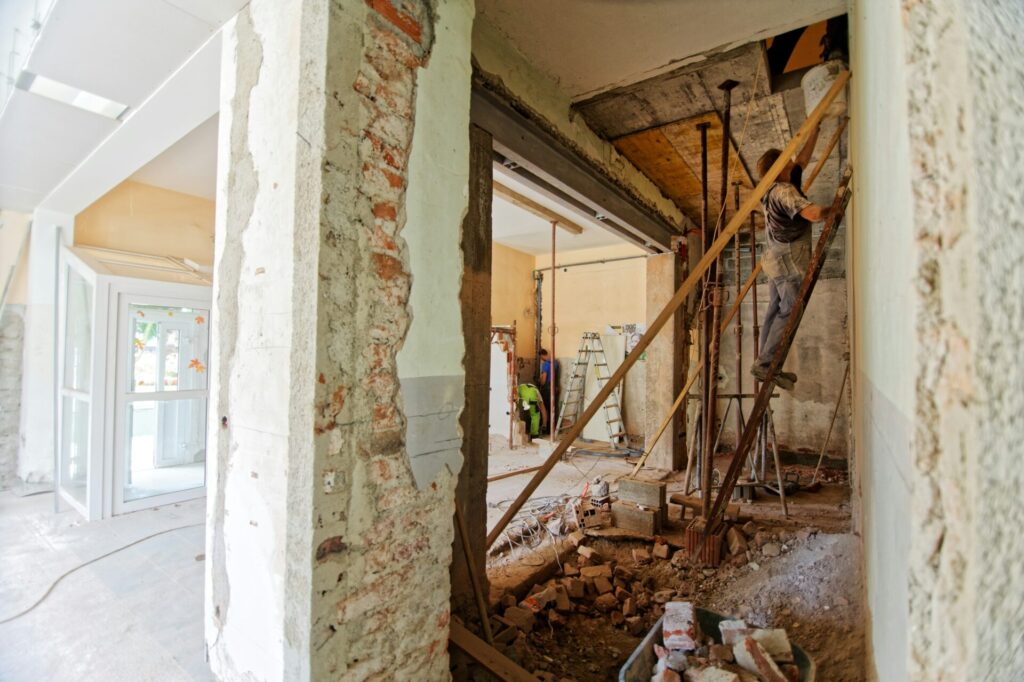
A home with a bad layout is like a phone with a cracked screen—it works, technically, but not without frustration. Most homes aren’t broken, they’re just inefficient.
Look at how you use each space. If you’re moving between the kitchen and living room ten times during dinner, is it time to knock out part of a wall or add a passthrough? If your office is a back bedroom with bad lighting and poor Wi-Fi, is there a better zone to claim?
Improving flow often means subtracting, not adding. Fewer doors. Clearer walkways. Defined transitions between open and private areas. Your house should support your routines, not make you adapt to its quirks.
Take the Outdoors Seriously

The outside of your house isn’t just for looks—it’s another room you haven’t finished yet.
Start simple. A power-washed sidewalk and fresh mulch instantly make your place look better. Add functional lighting—pathway lights, sconces, or even solar-powered spots. Then consider seating: a front porch bench, a backyard sectional, even folding chairs around a small fire pit.
Don’t let size hold you back. A 10×10 deck with weatherproof cushions can host more relaxed conversations than a 500-square-foot living room no one uses. And if you’ve got a view, even if it’s just of your neighbor’s tomato plants, make the most of it. Screens, railings, planters—treat the space like it matters. Because it does.
The Quiet Power of Small Upgrades

Not every fix needs permits or six-week timelines. Some changes are subtle but shift how your home feels overnight.
Switch out old, creaky door handles for heavier, solid-feel knobs. Upgrade your showerhead and kitchen faucet to something that feels intentional instead of standard. Replace loud, outdated ceiling fans with models that actually circulate air and don’t wobble like they’re about to take flight.
Smart home additions—like keyless entry, motion-sensing lights, or room-by-room thermostats—also improve comfort without tearing into walls. The trick isn’t chasing trends. It’s fixing things that quietly irritate you until they don’t.
Don’t Let ‘Later’ Get in the Way
Home upgrades often get pushed off until ‘someday.’ But the truth is, you don’t need to gut your kitchen or build an addition to feel better at home. You just need to fix the friction points—those things you tolerate until they quietly wear you down.
A dripping faucet, a dim hallway, a sagging shower curtain—none of these are major problems on their own. But together, they create a home that demands attention instead of giving you rest. And the longer you live in discomfort, the more normal it starts to feel.
Small fixes don’t just improve the house. They change your relationship with it. They give back time, lower stress, and make ordinary days feel smoother.

